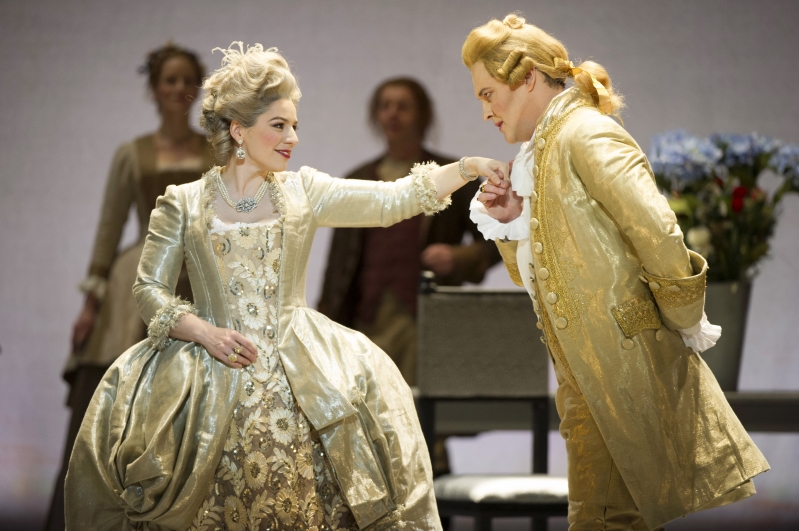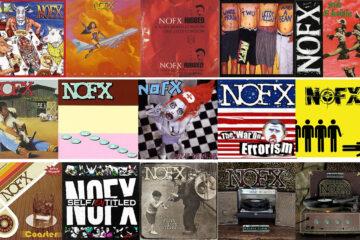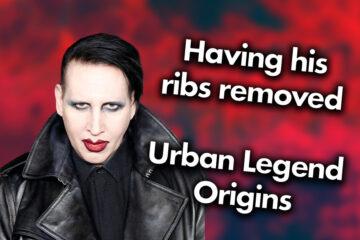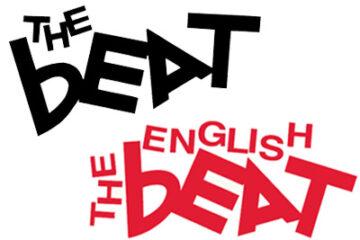Let’s imagine you’re at a gig.
The best gig you’ve ever been to. Well, top ten at least.
The band plays a fantastic set: all your favourites, a lot from their well-loved back catalogue, and some (but not too much) of their new stuff. You know, the good songs from the recent album.
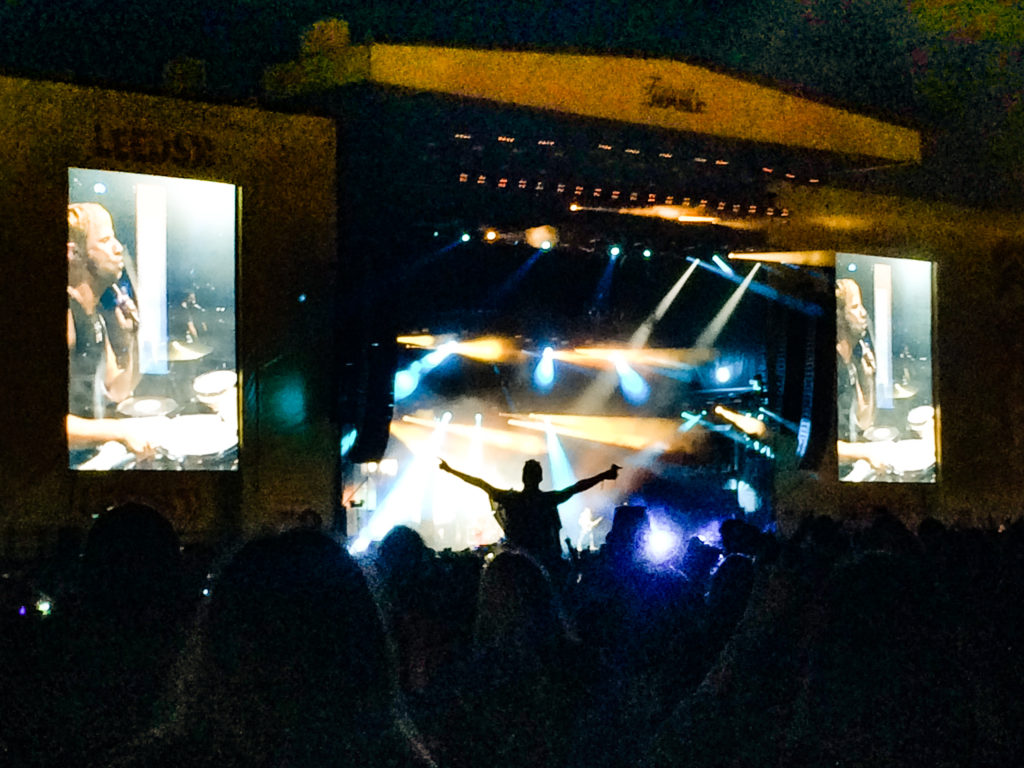
Then the band finishes and heads off stage.
You come back to reality, and you leave the venue with the throngs of other happy music lovers and head home.
No, of course you don’t.
You wait around for 5 minutes for the band to come back and play another couple of songs.
Their really big songs that obviously they were going to play at some point.
The Ideal Reaction
I once saw the Levellers with my dad, his friend and his friends daughter, who was a young teen.
It was her first gig ever and she loved it. At the end the was genuinely sad.
Her dad then told her that if they waited around for a few minutes, the band would come back and play some more songs.
She. Was. Ecstatic!
That is the ideal reaction of the encore. A fun surprise of more good music, just when you thought the band was finished.
But after you’ve been to a few gigs, you realise that that first encore wasn’t a one-off thing.
After a while, the band coming back onstage for an encore isn’t new or exciting or fun.
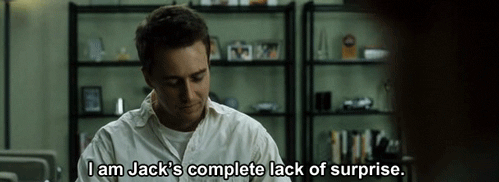
Maybe I’m just an old cynic, but nowadays I find encores to be just a way of padding out the set time without actually adding any extra music.
The band leaves and we are expected to wait around a few minutes, maybe chanting for “one more song” (even though we all know there’s 3-4 more songs to come) before the band comes back onstage.
What is the point of it?
I’ve started handling the waiting period like Stan in the South Park movie.
At the last gig I went to, (The Damned Original line-up, which you can read my review of here), during the wait before the encore, I started to wonder:
Where do encores come from?
What was the point of them and why do they still exist?
Well let’s find out!
Encore Origins
The origin of the encore is actually a very logical, natural and honestly very wholesome story.
Let’s take a step back in time.
Back to the rise of DIY music culture of punk and rock bands in the 1970s? Nope, further back.
To the hey-day or rock music in the 1950s? Nope, even further than that!
How far back are we going?
Well all the way back to the 1700s!
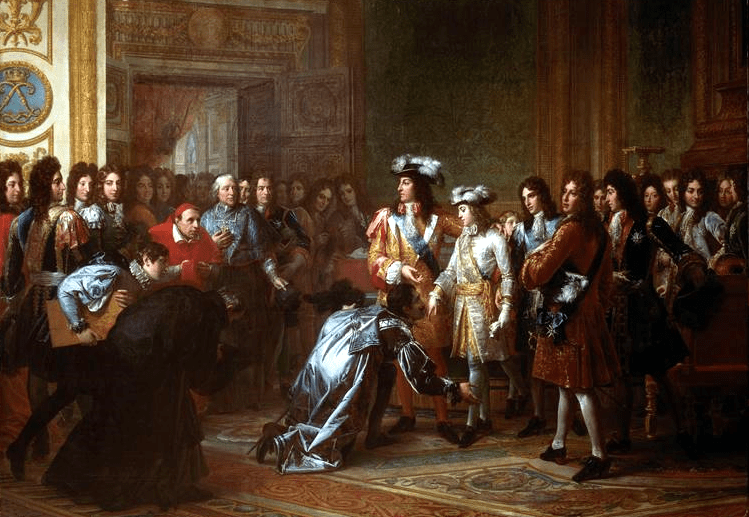
Opera
Back in the 18th century, the ‘gigs’ that people went to were more likely to be symphony performances.
And this is where the idea of the ‘encore’ was created.
But not as a way to extend the gig length, instead purely out of enjoyment of the shows and to please the audience.
Each section of the performance was like a song of a modern day concert, with several sections making up a full symphony.
If an audience liked a particular section of the symphony so much, then they would continue clapping and the performers would sometimes respond by giving the audience what they wanted and just repeat the entire section.
This could actually happen several times during a performance if the audience responded well enough to it.
Restrictions
The idea of the encore started to grow in popularity and more symphonies started to do them.
In fact, sometimes the orchestra was willing to reap the ENTIRE symphony if the audience reacted well enough!
This was great news for the audience, who were getting more and more of a thing they enjoyed.
For the Mozart piece ‘The Marriage of Figaro’, encores were so common that performances were becoming much longer, sometimes even becoming double the intended length of time because so much was being repeated.
Not everyone loved the encores though.
One conductor, Toscanini thought that encores were interrupting the pace of the symphony as a whole, as well as giving too much focus and attention to individual singers and musicians.
It was such a problem that Emperor II Joseph of Austria issued an order for the next time that Mozarts opera, ‘Le Nozze di Figaro’.
“Almost every scene was encored, which prolonged it nearly to the length of two operas, and induced the Emperor to issue an order, on the second presentation, that no piece of music should be encored.” – Michael Kelly
Opera Grand Rapids
Reportedly that issue was promptly ignored by all involved.
Nowadays, that rule has been ignored by basically ever gig ever.
If you go to see a band perform, they are almost certainly going to play an encore, it is just expected at this point.
So let’s just ahead in time, but still to the past, as we remember Elvis…
Elvis
Elvis is the King and for good reason.
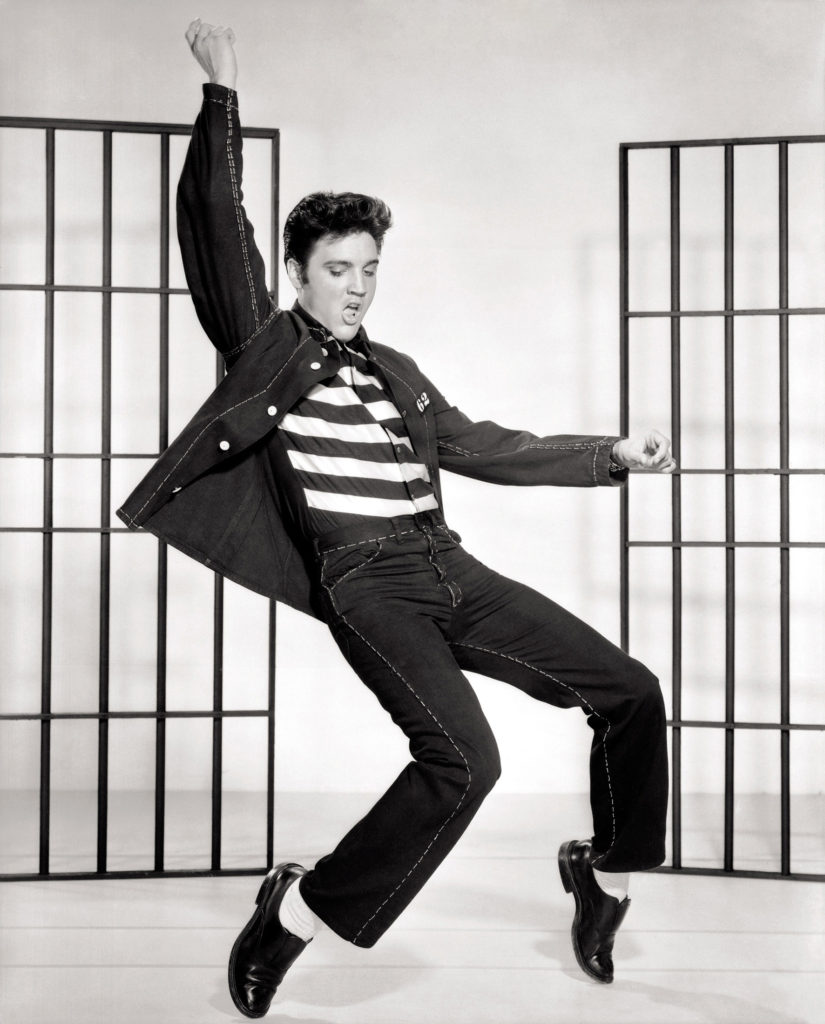
He was a beloved singer, he was in over 30 films and his long-standing career is only overshadowed by the long-standing tradition of crazy people who argue that he’s still alive.
But throughout his illustrious career spanning more than 20 years, Elvis never performed an encore.
This is supposedly a rule his manager created so that Elvis’ fans were always left wanting more and the Elvis hype-train never slowed down.
Hey, it may have been a marketing ploy, but it worked!
Wrap Up
The encore started as a way of giving the audience more of what they want. It was a direct response to audiences applauding more and clearly showing their enjoyment.
Over time however, they have become an expected part of the concert experience, which has brought the enjoyment of the experience down.
As in all elements of life, the solution is for more people to be like Elvis.
More bands should take a stand and not do encores, just play all the music in one go and then leave.
Let the mystery and spontaneity of the encore come back.
Ironically, symphonies are still doing it right.
A symphonic performance nowadays may have an encore if the audience responds well enough, but they are by no means guaranteed.
